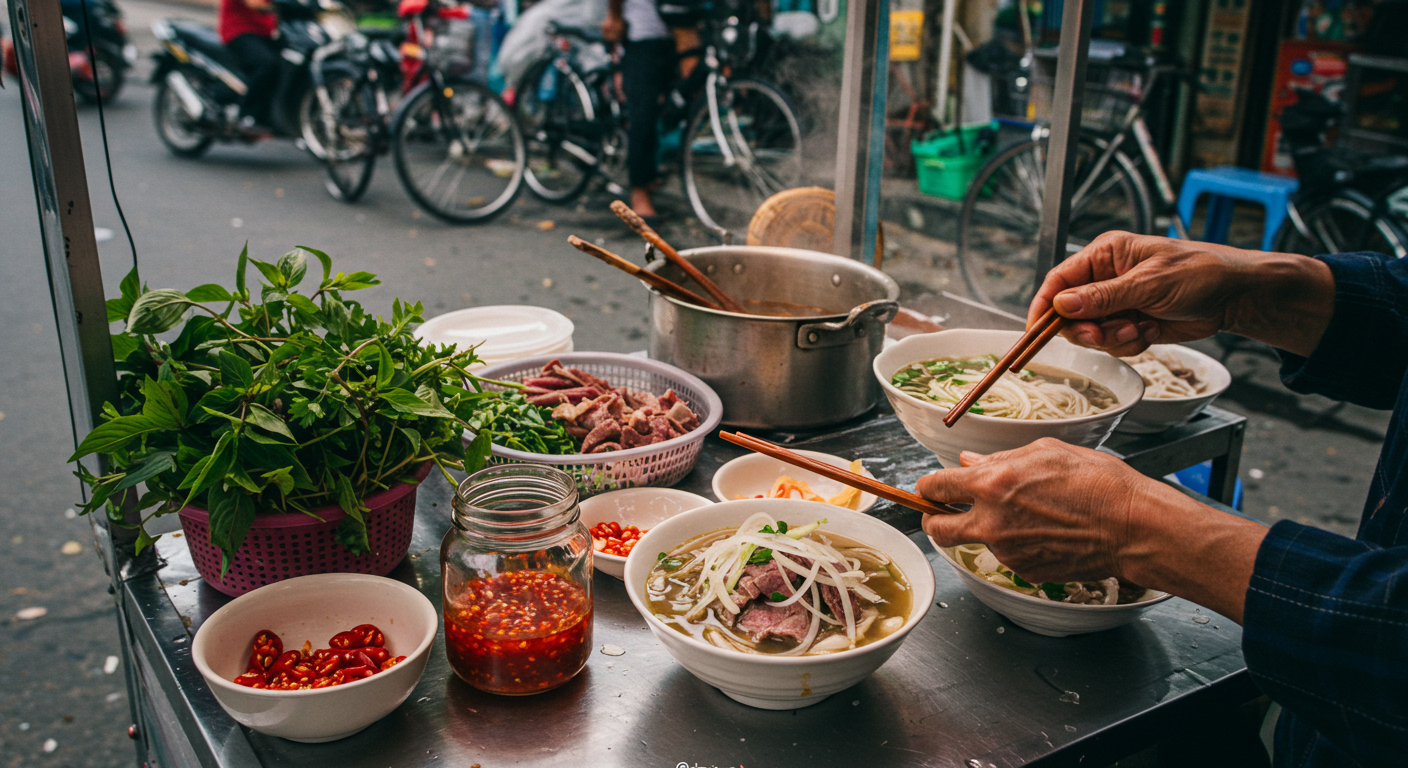
Regional Phở Variations
Table of Contents
- Northern Phở (Phở Bắc)
- Southern Phở (Phở Nam)
- Central Vietnam's Take on Phở
- Beyond Beef: Chicken Phở (Phở Gà)
- Unique Local Variations
- Historical Context of Regional Differences
- Ingredient Deep Dive
- Cooking Techniques by Region
- Modern Fusion and International Variations
- How to Eat Phở Like a Local
- Finding Authentic Regional Styles
Regional Phở Variations: From North to South Vietnam
While phở is beloved throughout Vietnam, how it's made and served changes dramatically depending on where you are in the country. The most famous divide is between northern and southern styles, each with its own loyal fans. These differences reflect not just culinary preferences, but also historical, cultural, and economic factors that shaped each region. Let's explore these delicious differences!
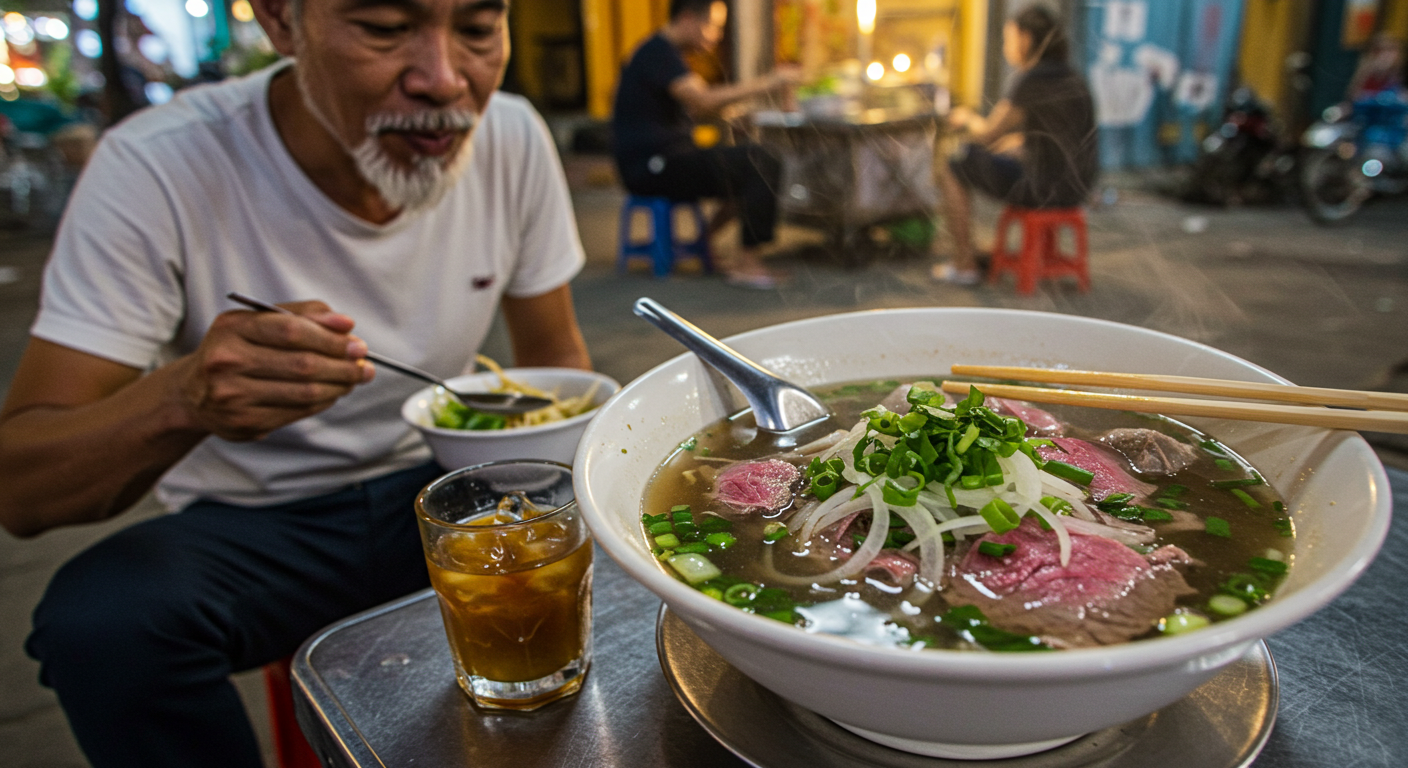
Northern Phở (Phở Bắc)
The Birthplace: Hanoi
Northern phở, or phở Bắc, comes from Hanoi and nearby provinces. This is where phở was born, and many purists believe this simpler style is the "true" version of the dish.
What Makes Northern Phở Special?
The Broth:
- Clearer and lighter in color
- More subtle, delicate flavor
- Less sweet than southern versions
- Focus on the pure beef flavor
- Fewer spices (mainly just star anise and ginger)
- Often simmered for 12-24 hours for maximum clarity
The Noodles:
- Slightly wider rice noodles (bánh phở)
- Served in larger quantity
- Fresh noodles are preferred over dried
The Meat:
- Traditionally only served with sliced rare beef (phở bò tái)
- Meat is often added with restraint
- Quality over quantity approach
- Sometimes includes well-done beef (phở bò chín)
Serving Style:
- Fewer garnishes and herbs
- Usually just green onions and a sprinkle of black pepper
- Rarely served with bean sprouts
- No additional sauces on the table
- Small bowls are traditional
Northern phở emphasizes simplicity and purity. Locals often enjoy it without adding anything extra, appreciating the clean flavors of well-made broth. The philosophy is that a perfect broth needs no enhancement.

Southern Phở (Phở Nam)
The Evolution: Ho Chi Minh City (Saigon)
Southern phở developed when northern Vietnamese moved south, especially after 1954. The style flourished in and around Ho Chi Minh City (formerly Saigon), adapting to local ingredients and preferences.
What Makes Southern Phở Special?
The Broth:
- Darker, more intense color
- Sweeter taste (sometimes with added sugar or rock sugar)
- Richer and bolder flavor
- More complex spice blend (cinnamon, cardamom, coriander seeds, cloves)
- Often has a stronger star anise flavor
- May include palm sugar for depth
The Noodles:
- Slightly thinner rice noodles
- Often served in larger bowls
The Meat:
- More variety of beef cuts offered
- Options like brisket, flank, tendon, tripe, and meatballs
- Generally more generous with meat portions
- Often includes a combination of different cuts
Serving Style:
- Comes with a large plate of garnishes including:
- Bean sprouts
- Thai basil
- Cilantro
- Lime wedges
- Sliced chilies
- Culantro (ngò gai)
- Sometimes saw-leaf herb
- Always served with hoisin sauce and sriracha on the side
- Larger bowls are standard
Southern phở celebrates abundance and customization. Diners actively participate in finishing their soup, adding garnishes to personal taste. The approach is more interactive and personalized.
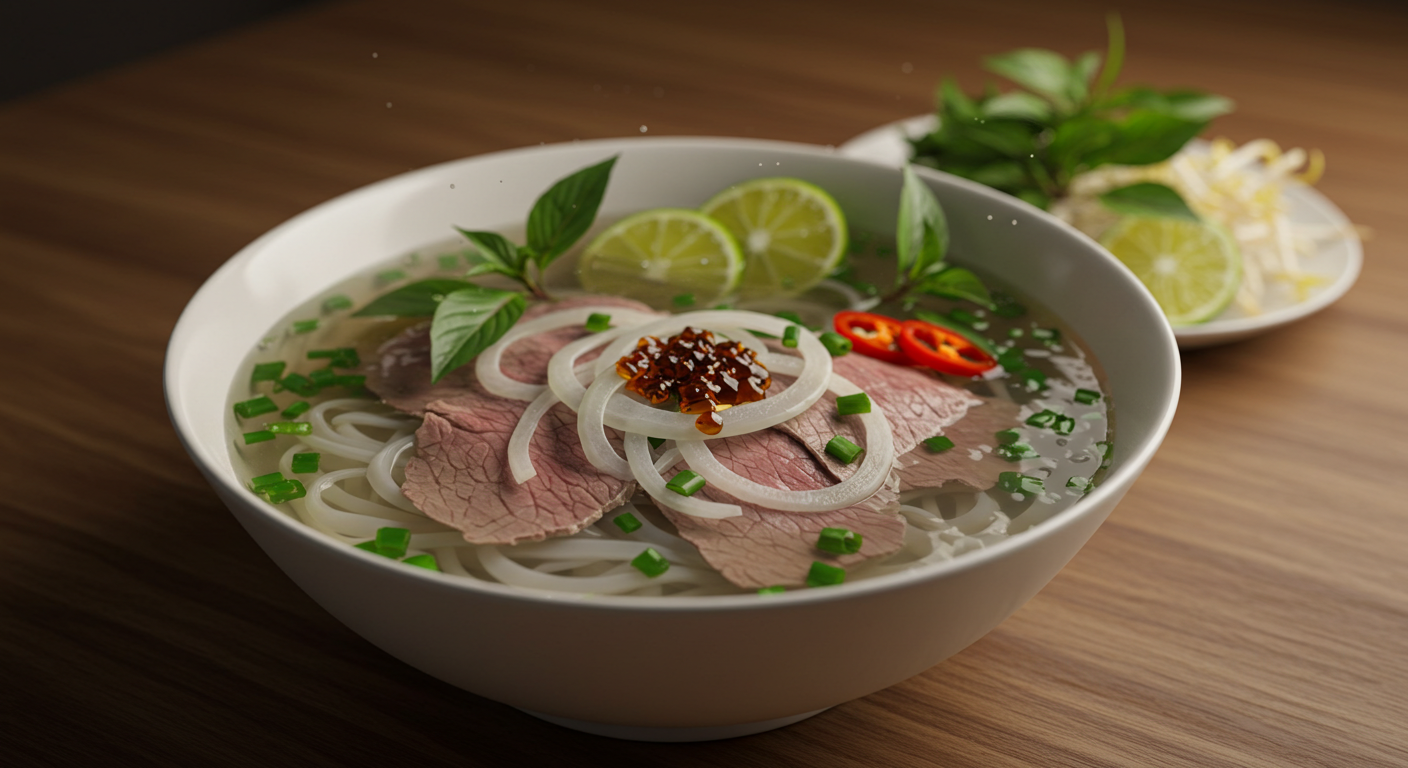
Central Vietnam's Take on Phở
Though less famous than its northern and southern cousins, central Vietnamese cities like Huế and Đà Nẵng have their own phở variations that reflect the region's love for bold, spicy flavors:
Characteristics:
- Often spicier than both northern and southern versions
- Sometimes includes local herbs specific to central Vietnam
- May feature regional proteins like fish or shrimp in some areas
- Often has a more concentrated broth
- Might include regional chili pastes and fermented shrimp pastes
- Influenced by royal court cuisine from Huế
- Sometimes features lemongrass and other aromatic herbs
Huế Style Specifics:
- May include a touch of fermented shrimp paste (mắm ruốc)
- Often spicier with local chilies
- Sometimes served with different noodle types
Đà Nẵng Variations:
- Coastal influences with occasional seafood elements
- Unique herb combinations not found elsewhere
- Sometimes includes local greens and vegetables
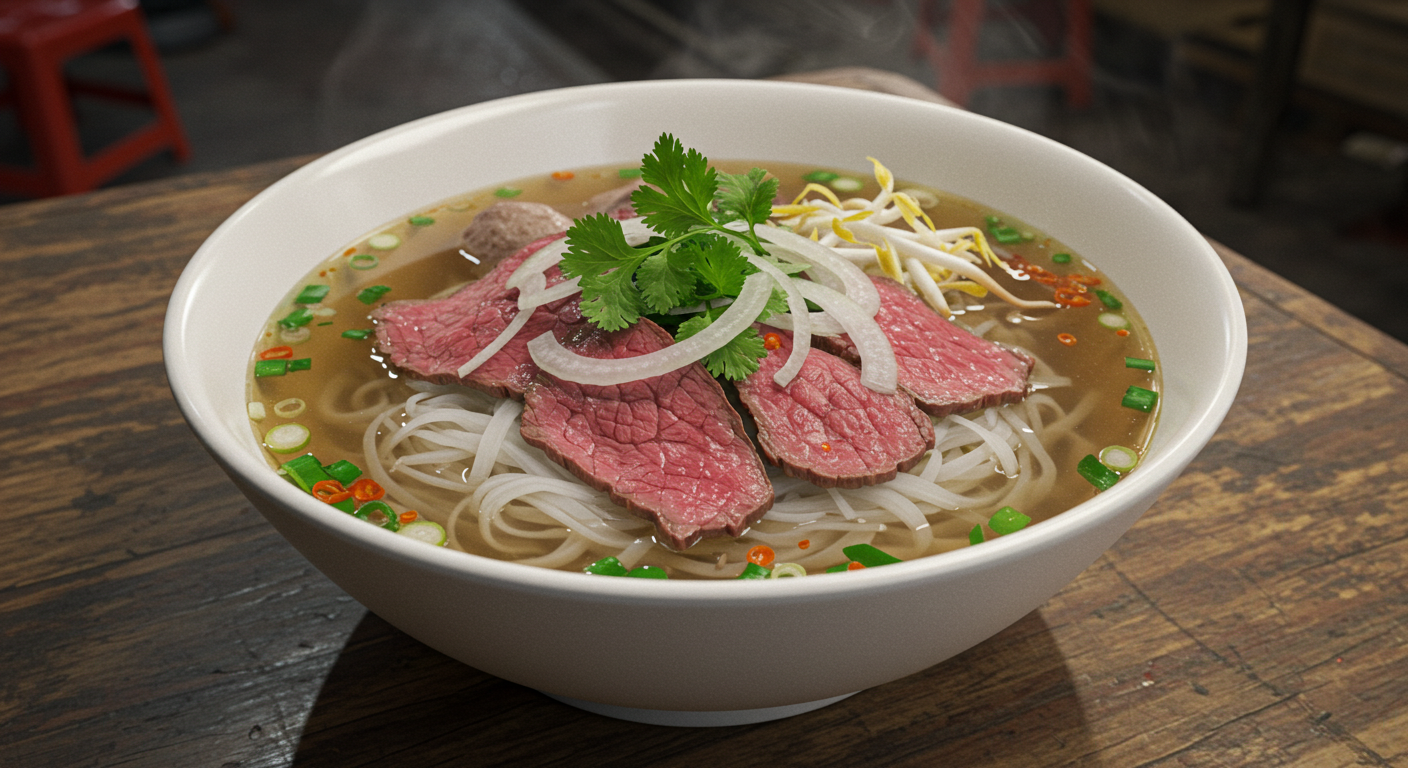
Beyond Beef: Chicken Phở (Phở Gà)
While beef phở gets most of the attention, chicken phở (phở gà) is popular throughout Vietnam with its own regional differences:
Northern Chicken Phở:
- Clear, light chicken broth
- Served with poached chicken pieces
- Minimal garnishes
- Sometimes includes chicken gizzards and organs
- Broth often made from whole chickens and bones
- Served with a sprinkle of fried shallots
Southern Chicken Phở:
- Richer broth, often with more spices
- Shredded chicken meat
- Full range of herbs and vegetables
- Sometimes incorporates fried shallots on top
- May include chicken liver and heart
- Often sweeter than northern versions
Central Chicken Phở:
- May include regional spices and herbs
- Sometimes features a spicier broth
- Often uses free-range local chickens for more flavor
Unique Local Variations
Beyond the main north-south divide, many towns have their own special phở:
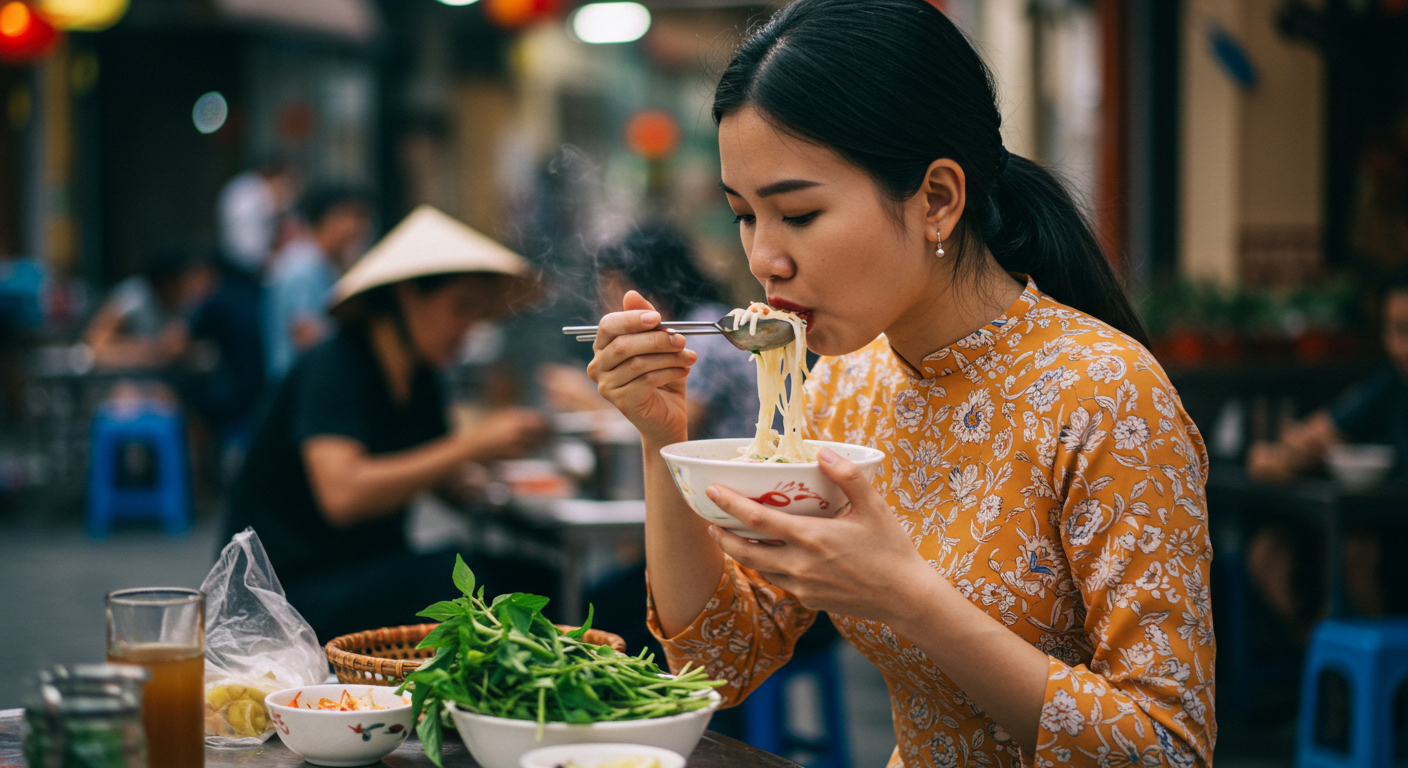
- Phở Nam Định: From Nam Định province, featuring a rich broth and carefully selected beef, often considered the birthplace of phở
- Phở Lạng Sơn: From the northern border region, sometimes using unique local herbs and influenced by Chinese flavors
- Phở Hải Phòng: From the port city, often featuring seafood influences and a slightly different spice blend
- Phở Hòa: A style popular in the Mekong Delta with distinct herbs and sometimes incorporating river fish
- Phở Cần Thơ: From the Mekong Delta, sometimes featuring local catfish or other river fish
- Phở Sài Gòn Cổ: An older Saigon style that predates modern southern phở, with its own unique characteristics
Historical Context of Regional Differences
The regional variations in phở reflect Vietnam's complex history:
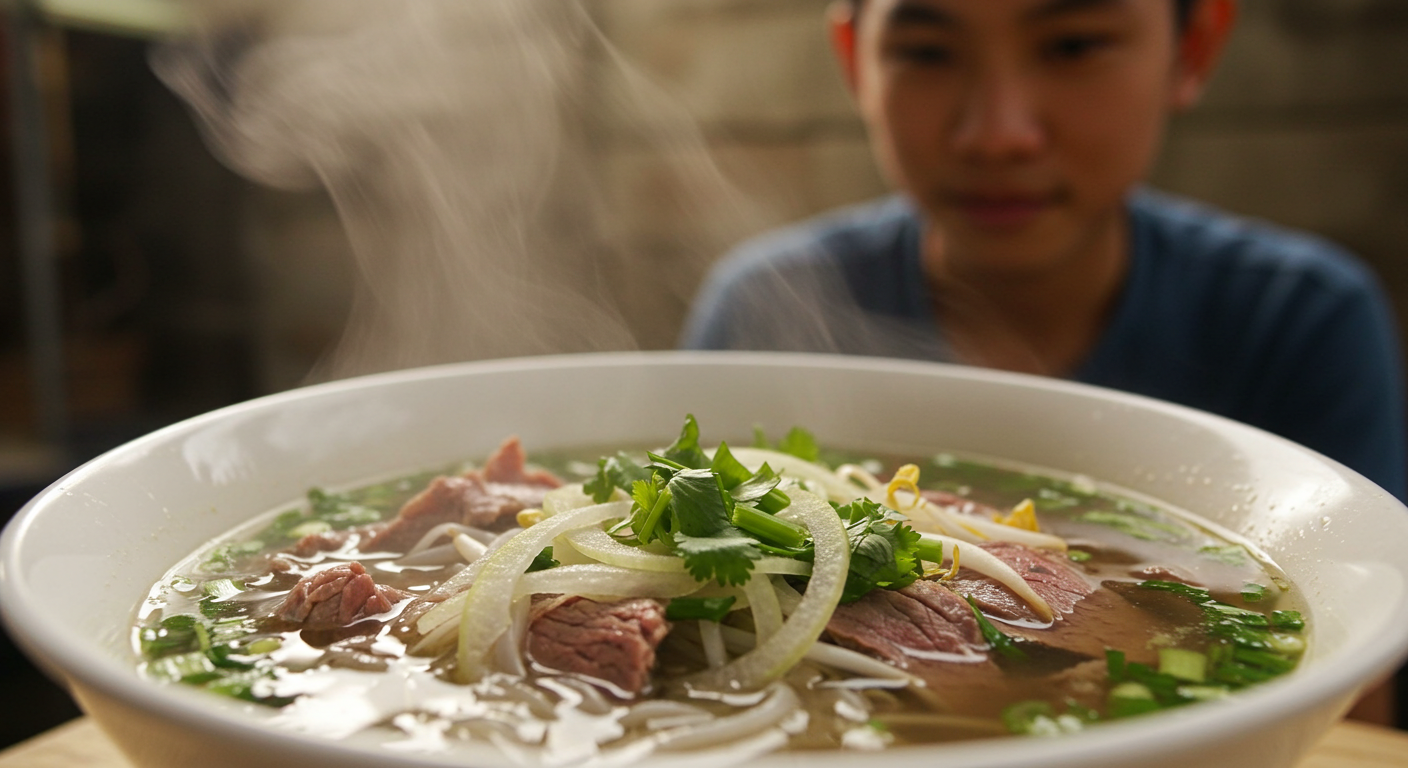
- Northern Style: Developed during French colonial period, maintaining traditional simplicity and reflecting the cooler climate and different available ingredients.
- Southern Style: Evolved after 1954 when many northerners relocated south, adapting to warmer climate, different agricultural products, and southern Vietnamese preferences for sweeter, more complex flavors.
- Wartime Influence: During the Vietnam War, ingredients became scarce, leading to creative adaptations and the development of different protein options like chicken phở.
- Economic Factors: The more prosperous south could afford more elaborate garnishes and variety, while the north maintained its focus on essential flavors.
Ingredient Deep Dive
Northern Spice Blend:
- Star anise (dominant)
- Ginger
- Onion (charred)
- Minimal cinnamon
- Black pepper
Southern Spice Blend:
- Star anise
- Cinnamon (more prominent)
- Cardamom
- Coriander seeds
- Cloves
- Fennel seeds
- Ginger
- Onion (charred)
Regional Herbs:
- North: Green onions, cilantro (minimal)
- South: Thai basil, cilantro, culantro, mint, bean sprouts
- Central: Regional variations including lemongrass, local mountain herbs
Cooking Techniques by Region
Northern Method:
- Emphasis on clarity and purity
- Bones blanched multiple times
- Longer simmering times
- Careful skimming to maintain clear broth
- No additional sweeteners
Southern Method:
- More aggressive roasting of bones
- Addition of rock sugar or palm sugar
- More generous use of spices
- Sometimes includes dried squid for umami
- Shorter cooking times but more intense flavors
Central Method:
- Often includes toasted rice for body
- May use different bone combinations
- Sometimes includes fermented elements
- More complex layering of flavors
Modern Fusion and International Variations
As phở has spread globally, new variations have emerged:
Western Adaptations:
- Vegetarian/vegan versions using mushroom or vegetable broths
- Fusion versions with non-traditional proteins
- Gluten-free noodle options
- Pressure cooker versions for faster cooking
International Influences:
- Japanese-style phở with miso additions
- Korean-influenced versions with kimchi
- Thai-style with additional herbs and spices
- American adaptations with larger portions and different garnishes
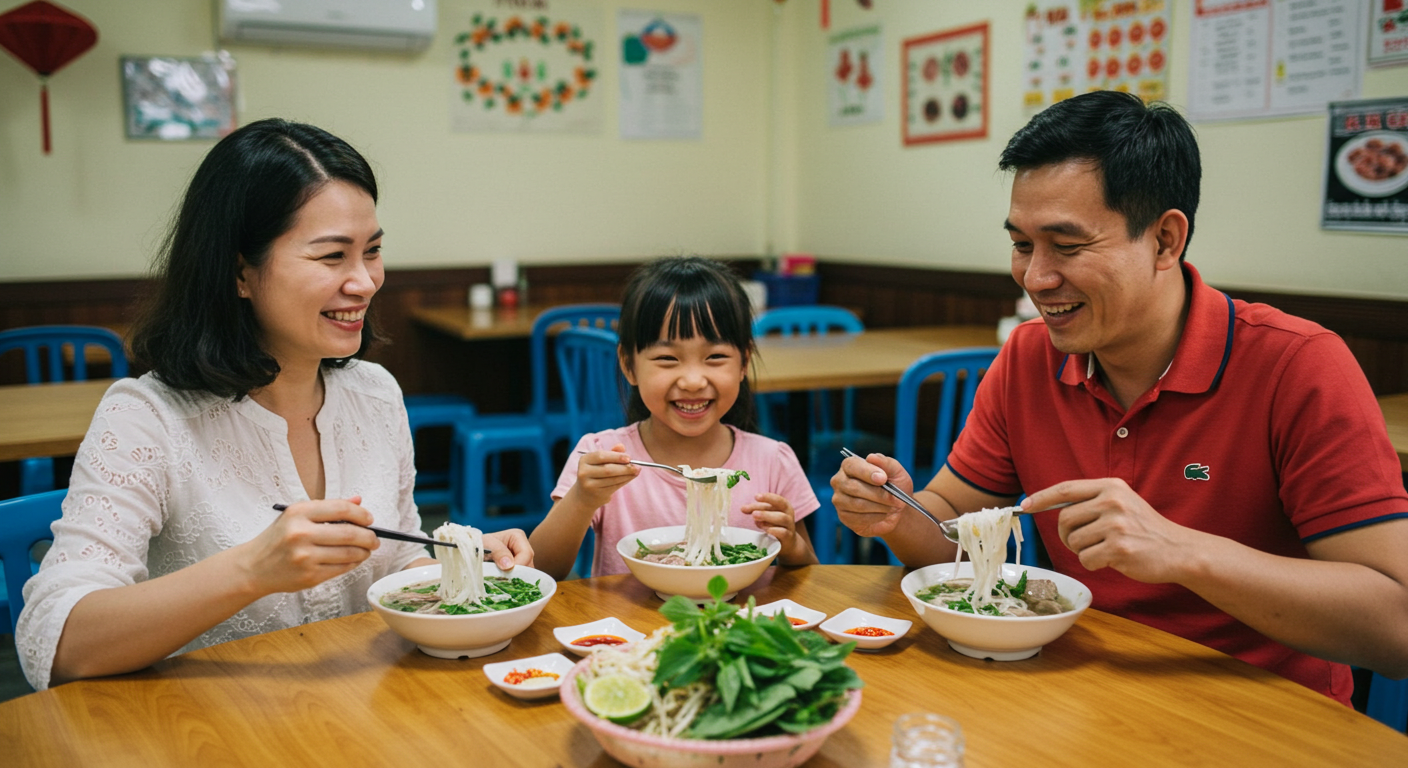
How to Eat Phở Like a Local
In the North:
- Appreciate the broth first, before adding anything
- Use chopsticks and spoon together
- Don't overload with condiments
- A dash of lime and some chili is usually enough
- Eat quietly and focus on the broth quality
- Finish everything in the bowl
In the South:
- Mix in herbs gradually as you eat
- Try the broth first, then customize with sauces
- Dip meat pieces in hoisin sauce
- Don't be shy with the bean sprouts for added crunch
- Add garnishes throughout the meal
- It's acceptable to be more social while eating
In Central Vietnam:
- Be prepared for spicier flavors
- Try local herb combinations
- Ask about regional specialties
- Don't be afraid of unfamiliar ingredients
Finding Authentic Regional Styles
What to Look For:
Northern Style Indicators:
- Simple presentation
- Clear, light-colored broth
- Minimal garnishes
- Focus on beef quality
- Smaller, more traditional bowls
Southern Style Indicators:
- Large garnish plates
- Darker, sweeter broth
- Multiple sauce options
- Variety of meat cuts
- Larger bowls
Central Style Indicators:
- Spicier aroma
- Unique herb combinations
- Regional specialties on menu
- Often family-run establishments
Tips for Travelers:
- Ask locals for recommendations
- Look for busy shops with high turnover
- Early morning is often the best time
- Don't be afraid to try regional variations
- Respect local eating customs
No matter which style you prefer, the best phở comes from shops that have perfected their recipe over generations, often starting their broth in the early morning hours to serve the perfect bowl by lunchtime. Each region's approach reflects its history, climate, and cultural preferences, making phở not just a dish, but a window into Vietnam's diverse culinary landscape.
Which style would you prefer? The pure, elegant simplicity of the north, or the bold, customizable abundance of the south? Many Vietnamese will argue passionately for their regional favorite, but they all agree on one thing: there's nothing quite like a steaming bowl of phở to start your day!
